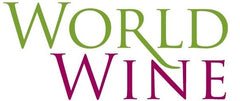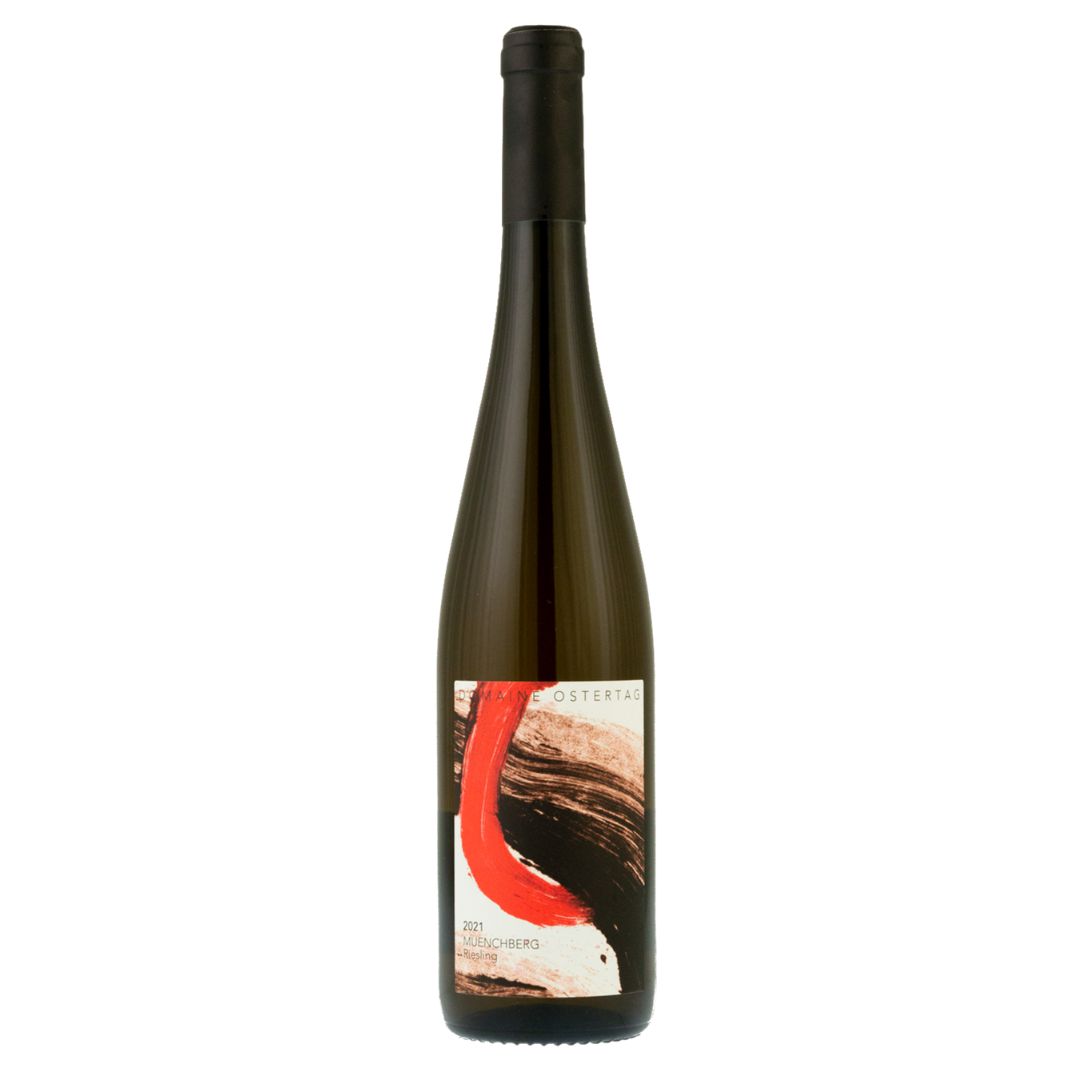Our location
We are located in the heart of Melbourne and stock a range of specialty wines.
We also have access to more than 5000 fine wines from around the world through our local supplier network. Sometimes a vintage changes, or our suppliers sell out of stock without us yet being able to push through a timely update on our website.
If you would like to confirm stock levels before placing your order, please contact us here. Alternatively, if products are unavailable you will be informed in a reasonable time and we will process a refund/replacement for you.
Domaine Ostertag Muenchberg Grand Cru Riesling 2021
Domaine Ostertag Muenchberg Grand Cru Riesling 2021 - 1 Bottle is backordered and will ship as soon as it is back in stock.
Free Delivery Orders over $250*
Or $9.95 flat fee Australia wide.
Dispatched from our Melbourne store.
Couldn't load pickup availability
Vintage Vigilant
Vintage Vigilant
We aim to have all wines above $30 be vintage specific. In the case the listed vintage is out of stock and you note you would like that particular vintage, we will inform you via email for approval to go ahead.
Seen it Cheaper?
Seen it Cheaper?
We strive to offer the best prices on over 5000 wines. If you've seen this product cheaper elsewhere, please message our dedicated price match service line to see if we can do you a better deal.
Delivery Times
Delivery Times
To be able to supply such a unique & extensive range of boutique wines, we don't hold much of the inventory. So with us, there is the added step of receiving the wine from our local suppliers before it is dispatched to you. Most orders are dispatched within 3-6 working days.
Returns and Warranty
Returns and Warranty
Replacement or refund offered if bottles are faulty or damaged. All our deliveries are insured against loss, however you must notify us in a reasonable amount of time.
-
 Red Wine
Red Wine
-
 White Wine
White Wine
-
 Rosé Wine
Rosé Wine
-
 Champagne & Sparkling
Champagne & Sparkling
-
 Dessert, Sherry & Port
Dessert, Sherry & Port
 France
France Italy
Italy Spain
Spain Australia
Australia New-Zealand
New-Zealand Germany
Germany Austria
Austria Portugal
Portugal South-Africa
South-Africa Greece
Greece USA
USA
-
 Wine GiftA great wine gift.
Wine GiftA great wine gift. -
 Green WineA wine made using sustainable, organic and/or biodynamic practices in
the vineyard and the winery.
Green WineA wine made using sustainable, organic and/or biodynamic practices in
the vineyard and the winery. -
 CollectibleA wine that will improve and possibly increase in value with
careful cellaring.
CollectibleA wine that will improve and possibly increase in value with
careful cellaring. -
 BoutiqueA wine from a small, artisanal winery.
BoutiqueA wine from a small, artisanal winery. -
 Screw CapNo corkscrew required to open.
Screw CapNo corkscrew required to open. -
 Magnum1500ml bottle.
Magnum1500ml bottle.
- TWFThe Wine Front
- JHJames Halliday
- WWWorld Wine
- WSWine Spectator
- WEWine Enthusiast
- BHAllen Meadows
- JSJames Suckling
- DEDecanter
- JRJancis Robinson
- STStephen Tanzer
- AGAntonio Galloni/Vinous
- RPRobert Parker/Wine Advocate
- HHHuon Hooke
Limited to 6 bottles only! Grab yours while supplies last!
Muenchberg means the “mountain of the monks” and was first planted in the 12th century by the Cistercian monks. We own 2.05Ha of which 1.65Ha are planted with Riesling. Muenchberg is one of the most unique grands crus of Alsace because of its very particular soil of red sandstone and volcanic sediments. It's a wonderful south-facing amphitheatre of vines in a closed valley, in the Vosges foothills, protected to the west by the 901m Ungersberg peak. The altitude ranges between 250 and 300m which prevents excessive heat and helps to keep complexity in the wines. Like all the domaine's vineyard the Riesling vines are farmed using biodynamic principles, and certified organic. We pay particular attention to manual tasks on the vines, because machines may be necessary sometimes but they will never have “man’s hand’s intelligent sensitivity.
The grapes are gently airbag-pressed as whole bunches for 10 hours. Spontaneous fermentation took place in stainless steel tanks, where it was aged on its lees for 20 months.. It's a dry wine, certified organic and biodynamic. Here's a wine of incomparable nobility and length with pulpy and delicate flesh. Here the balance in the mouth is due to the perfectly complementary sandstone and volcano. The sensual and gentle sandstone ensures a charming entry and the primitive, muscular volcano allows the wine to stretch out on a fine, interminable and almost salty finale so characteristic of Muenchberg. Patience is always rewarded with the wines of Muenchberg. They are always brilliant in their first spring, after a long decant, but the terroir really reveals itself after at least five years of ageing. - Arthur Ostertag
| Type | White Wine |
|---|---|
| Varietal(s) | Riesling |
| Country | France |
| Region | Alsace |
| Brand | Domaine Ostertag |
| Vintage | 2021 |
Alsatian wine

Alsace is a unique wine region in North Eastern France, bordering Germany and having also been under German control for much of its existence. Due to this influence, unlike other French regions, wines from Alsace are mostly single varietal bottlings and are also labelled with the variety. They also are legally required to use a tall slimmer bottle called flûtes d'Alsace, that is also commonly seen with German wines.
Almost all the wine produced in the region is white (90%) except for Pinot Noir which is used mainly for sparkling wine. Alsace is most known for its Riesling, which is dry, fresh and floral in its youth but develops complex mineral and flint character with age. Following behind is Gewurztraminer with signature spice and beautiful lychee aromatics. The smell of this wine is intoxicating, it is used to make dry but also late harvest dessert wines. Pinot Gris is also a prized variety of the region with its combination of crisp acidity and savory spice as well as ripe stone fruit flavours.
In Autumn humidity builds up to facilitate the development of “noble rot” to produce late-picked sweet wines. In Alsace there are two classifications for late harvest wines: Vendange Tardive (VT) and Sélection de Grains Nobles (SGN). VT for regular late harvest wines and SGN meaning grapes affected by noble rot.
Other varieties grown here include Pinot Blanc, Muscat, Auxerrois, Chasselas and Sylvaner.




